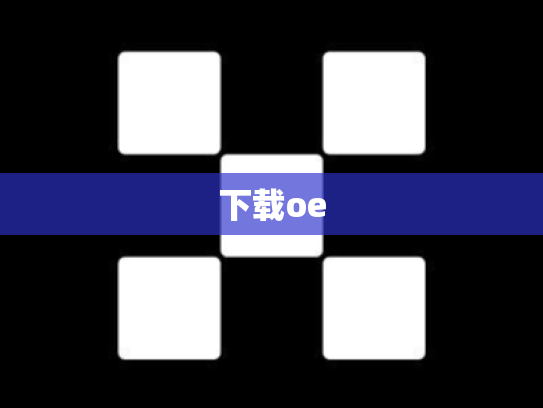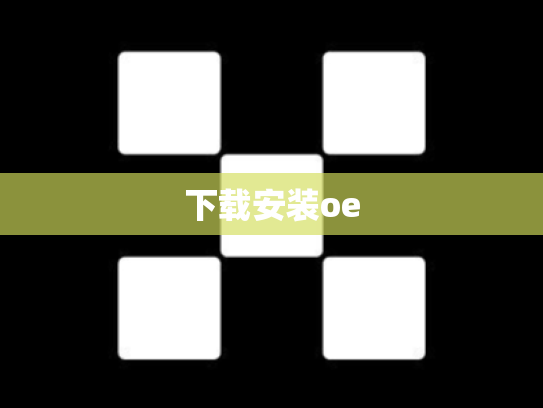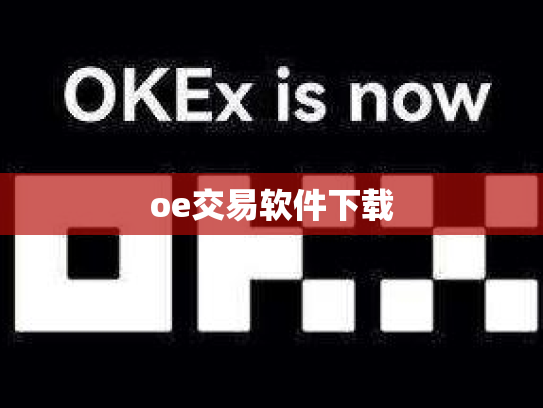本文目录导读:

- Introduction to OE (Online Optimization)
- The Basics of Online Optimization
- Best Practices for Successful OE
- Implementing OE Strategies
- Conclusion
** OE Download - Your Comprehensive Guide to Optimizing Your Online Presence
目录导读:
-
Introduction to OE (Online Optimization)
- What is OE?
- Why is it important for businesses?
-
The Basics of Online Optimization
- Understanding SEO (Search Engine Optimization)
- The Role of User Experience in Online Optimization
-
Best Practices for Successful OE
- Keyword Research and On-Page Optimization
- Technical SEO: Site Structure and Speed
- Off-Page Factors: Backlinks and Social Signals
-
Tools and Resources for OE
- Free Tools and Plugins for Basic SEO Tasks
- Paid Services and Advanced Tools for Professional SEO
-
Implementing OE Strategies
- Step-by-Step Guide to Setting Up an Effective SEO Strategy
- Monitoring and Adjusting Your OE Efforts
-
Conclusion
- Summary of Key Points
- Future Outlook on OE
Introduction to OE (Online Optimization)
OE stands for Online Optimization, which refers to the process of enhancing your online presence to improve search engine rankings, user experience, and overall website performance. This encompasses various aspects of web development and digital marketing that aim to drive more organic traffic to your site.
For businesses, ensuring high-quality content, effective use of keywords, and maintaining fast loading speeds are crucial components of a successful OE strategy. By focusing on these elements, you can attract more targeted visitors who are likely to convert into customers or lead them down a sales funnel.
The Basics of Online Optimization
Understanding SEO (Search Engine Optimization)
SEO involves optimizing your website so that it appears higher in search results when potential customers type in relevant keywords. It includes strategies like keyword research, meta tag optimization, link building, and technical SEO practices such as mobile responsiveness, fast page load times, and clean code.
The Role of User Experience in Online Optimization
User experience (UX) is another key aspect of OE. A positive UX not only enhances the customer journey but also directly impacts how well users interact with your website. Good UX ensures faster navigation, easy-to-use forms, intuitive layout designs, and responsive design for different devices. These factors contribute significantly to attracting and retaining users.
Best Practices for Successful OE
To achieve success in OE, consider implementing the following best practices:
Keyword Research and On-Page Optimization
-
Keyword Analysis: Identify top-ranking keywords related to your business through tools like Google Analytics, SEMrush, or Ahrefs.
-
Content Relevance: Ensure all pages on your site contain relevant keywords naturally without stuffing them excessively.
-
Meta Tags: Optimize title tags, meta descriptions, and header tags with appropriate keywords.
-
On-Site Optimization: Use internal linking effectively within your site structure. Place target keywords where they appear naturally, avoiding overuse.
Technical SEO: Site Structure and Speed
-
Site Structure: Organize your site logically with clear directories and URLs.
-
Performance Metrics: Monitor site speed using tools like GTmetrix, Pingdom, or PageSpeed Insights. Aim for scores above 90/100.
-
Mobile Responsiveness: Make sure your website looks great on every device. Mobile-friendliness matters more than ever due to increased mobile usage.
Off-Page Factors: Backlinks and Social Signals
-
Backlink Building: Obtain quality backlinks from reputable websites. Guest blogging, participating in forums, and creating valuable content can boost this.
-
Social Media Engagement: Share your content on social media platforms regularly to increase visibility and credibility.
Implementing OE Strategies
Starting your OE journey involves several steps:
-
Define Goals: Determine what you want to achieve with your OE efforts—whether it’s improving rankings, increasing conversions, or boosting engagement.
-
Conduct Keyword Research: Identify primary and secondary keywords relevant to your business objectives.
-
Create High-Quality Content: Develop blog posts, articles, videos, and other types of content that provide value to your audience while incorporating targeted keywords.
-
Optimize Meta Tags and Headers: Ensure each piece of content has compelling meta titles and descriptions that include your target keywords.
-
Build Quality Links: Secure links from authoritative sites through guest posting, partnerships, and collaborations.
-
Monitor Website Performance: Regularly check your site's analytics to understand what works and what doesn’t. Pay attention to metrics like bounce rate, time spent on site, and conversion rates.
-
Update Regularly: Keep your content fresh and up-to-date with new information or updates. Freshness is essential for SEO and user engagement.
Conclusion
By mastering the fundamentals of OE, including understanding Search Engine Optimization, designing a robust technical foundation, and leveraging off-page factors like backlinks and social signals, you can create a powerful online presence. Continuous monitoring and adaptation will ensure that your OE strategy remains effective over time.
Remember, the goal of OE is to help potential customers find and engage with your brand efficiently. With consistent effort and strategic planning, you can transform your website into a powerful tool for driving meaningful results.







